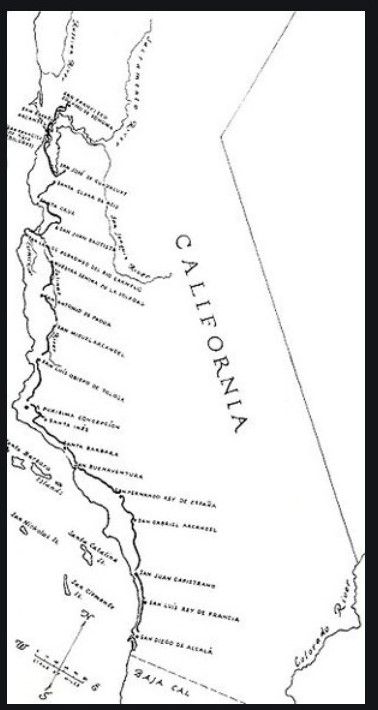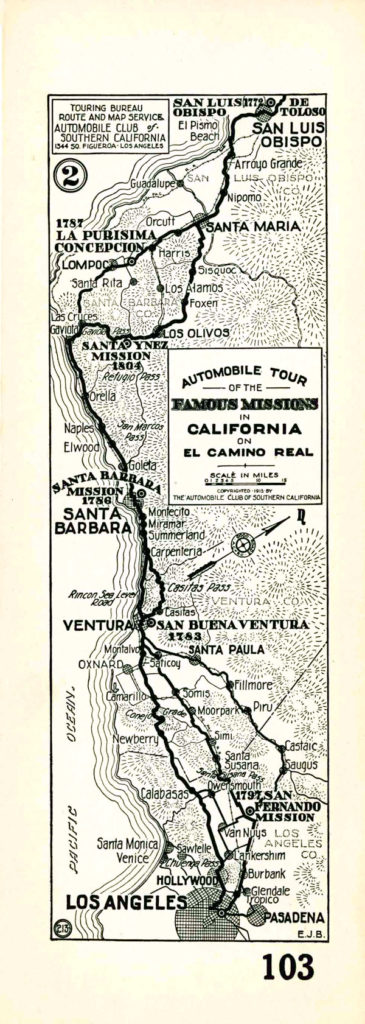I find myself frequently riding along the 126 Freeway. It’s a charming road, a taste of rural living on the outskirts of a megalopolis. I’m even considering writing a little travel book about it.
Despite signs of progress—mostly in Fillmore—tourist sites are remarkably unsophisticated. I don’t know of another place to taste honey. Yes, there is a difference. My favorite is avocado—deliciously dark and not too sweet. When murals are a town’s highlight, I don’t expect to find any world-class sightseeing.
One of my favorite stops used to be Familia Diaz in Santa Paula, my go-to place for Mexican food. When the family sold their restaurant a few years ago, I was initially disappointed. After a recent tour of the Santa Paula Cemetery, we decided to try again. Now named Chapala, the food is to die for. So good. It’s right next to the 126 at the 10th Street exit. Go. You won’t be disappointed.
Recently, my husband and I attempted a tour of Rancho Camulos. We’ve driven by the historic site for many years. I’ve always wanted to stop. We sat under a pepper tree for about 45 minutes, hoping someone would show up to give a tour. The phone number on their sign didn’t work and we finally gave up. As it turned out, they didn’t have any tour guides that day. We were urged to try again and I’ll report on our successful travels there in a future blog.
In the meantime, I did a bit of research. Rancho Camulos was actually an incredibly famous tourist attraction although you’d never know from looking at it now. It served as the inspiration for Ramona, the famous Helen Hunt Jackson romance novel published in 1884. The book was the Star Wars of its day. Everyone wanted to experience the location of their favorite story. The railroad even built a station to accommodate the flood of tourists who could spend the day or rent a room to thoroughly experience the peaceful rancho atmosphere.
When driving away, I paid attention to the El Camino Real bell by the street. Wait a minute. I’m a native Californian who studied state history in fourth grade as my children and grandchildren have since. El Camino Real is the King’s Highway, the route between missions the priests used to travel in Spanish days. Those bells are all along the 101 Freeway. What were they doing here? How could there be more than one El Camino Real?
I am continually disappointed in my grasp of history. Things just weren’t what we learned in school. So I was shocked and dismayed to find that El Camino Real was basically a tourist invention fostered by boosters and the Auto Club. In fact, no one knows the original route of the paths that linked the missions and they were little more than paths, rarely traveled.

Furthermore, the idea the missions were intentionally built 20 miles apart—the distance a man could walk in a day–simply isn’t true. Note the spacing on the map at right. Also note, the route didn’t go anywhere near the coast between San Juan Capistrano and San Buenaventura. It went to San Gabriel to San Fernando to Ventura. The bell by Rancho Camulos is, at least, nearly accurate. Sadly, only one bell exists along that route.
I don’t know why I feel so devastated by this. It’s in history books for crying out loud. It makes sense, after all. There are no missions along Highways 101 or 118 in the stretch that is the focus of this article.

The impressions we have about life in times gone by are only that—impressions, far from reality. I’ve known that for some time. This one really got to me. Like I said, common knowledge is completely common and rarely, if ever, knowledge.

I am disappointed that what we were taught about the El Camino Real is not true. But, I do want to say that your latest book, A Keepsake Love, is my favorite so far!!